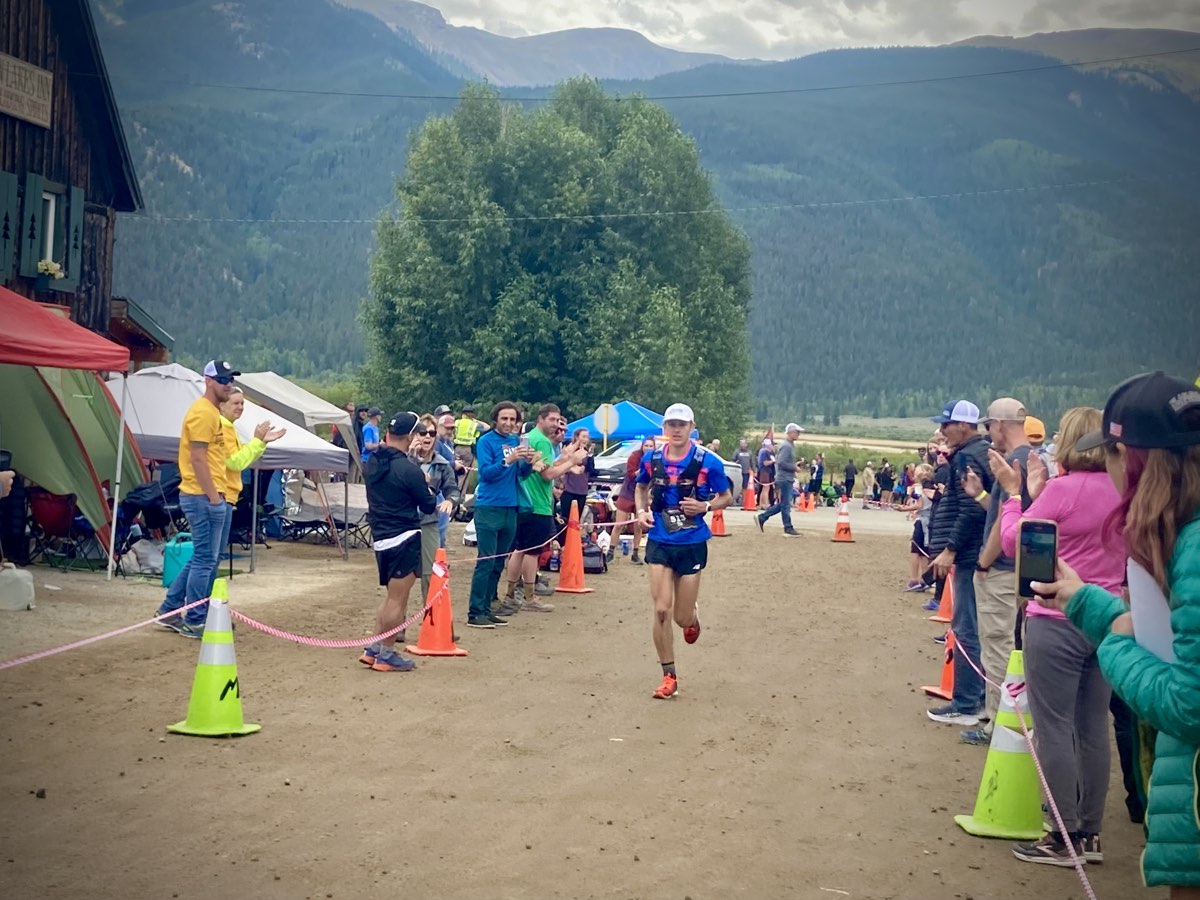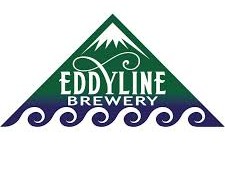 [Author’s Note: This is the seventh article in an 11-part series celebrating legendary aid stations. You can read about the series here.]
[Author’s Note: This is the seventh article in an 11-part series celebrating legendary aid stations. You can read about the series here.]
High up in the Rocky Mountains of Central Colorado, in the shadow of Colorado’s highest peak, Mount Elbert, sits the small village of Twin Lakes. Home to just under 200 people and a popular jumping off point for adventures in the Rockies, Twin Lakes is, unsurprisingly, nestled next to two lakes. It’s located just 21 miles southwest of Leadville and 36 miles east of Aspen. Each August, Twin Lakes also becomes home to one of the busiest and most stress-filled aid stations in North American ultrarunning, at the Leadville 100 Mile.
With Leadville being an out-and-back course, runners go through the Twin Lakes Aid Station twice, first at mile 38, and again at mile 62. In between those two stops, they summit the iconic Hope Pass, at over 12,000 feet, twice. The cutoff times at Twin Lakes are notoriously tight. The race starts at 4 a.m., and runners need to be through Twin Lakes “Outbound” by 1:30 p.m., and back through Twin Lakes “Inbound” by 10:15 p.m. Most years, as the cutoff times approach, the aid station boundary looks more like a finish line than an aid station as runners struggle to make it in under the cutoff, many times with just seconds to spare.

The main drag through the Twin Lakes aid station on the Leadville 100 Mile. Photo: Adam Ferdinandsen
The small village of Twin Lakes comes out in force for the race as the businesses in town — a general store, a coffee shop, and a few food trucks — enjoy their most profitable weekend of the year, as the hundreds of crews and pacers descend upon the village to support their runners. Essentially, the night before the race, a veritable tent city is erected along the main drag of town as pacers and crews set up pop-up tents and other structures with supplies, decorations, and all manner of things to get them through the hours they will spend at Twin Lakes, awaiting their runners both coming and going. As race day dawns, these crews quickly become a community and stories are shared, supplies are exchanged, and the trail community is on display in full force.

Annie Hughes with her crew and pacer at Twin Lakes inbound, mile 62.5. She’d continue on to win the 2021 Leadville 100 Mile. Photo: Meredith Terranova
I have been fortunate enough to be on hand at Twin Lakes during Leadville over the past two years to support runners and be part of the magic there. In those two years, I have been reunited with many old friends and connected with lots of new ones. What strikes me most about Twin Lakes, is that in this age of overhyped commercialization and corporate activations just about anywhere you look, this particular spot has remained decidedly old school, in many ways representing, at least to me, a crossroads of the sport which is at once welcoming to the old and embracing of the new. There is not a lot of fanfare, just a lot of fun.
And so it is that I will be heading back to Twin Lakes next month again to soak in the vibe, prod a few runners along, celebrate that cutoff-induced stress, and maybe, just maybe, find that spark of inspiration that such places hold.
Bottoms up!

Adrian Macdonald runs through Twin Lakes inbound aid station at about mile 62.5 on his way to winning the 2021 Leadville 100 Mile. Photo: Meredith Terranova
AJW’s Beer of the Week
 This week’s beer of the week comes from Eddyline Brewing in Buena Vista, Colorado, 30 miles down the road from Twin Lakes. Grapefruit Yanker IPA is a delicious fruity IPA that is surprisingly balanced and tart. Not at all bitter, with just a hint of mango, Grapefruit Yanker is a classic high altitude summer beer.
This week’s beer of the week comes from Eddyline Brewing in Buena Vista, Colorado, 30 miles down the road from Twin Lakes. Grapefruit Yanker IPA is a delicious fruity IPA that is surprisingly balanced and tart. Not at all bitter, with just a hint of mango, Grapefruit Yanker is a classic high altitude summer beer.
Call for Comments
- Have you done the Leadville 100 Mile?
- If so, what are your memories of Twin Lakes?
